In 1909 Alliot Verdon Roe patented a design for a triplane that he later built and flew , it was his first successful aircraft and please
DONT MOAN
I have made this plane as difficult to fly as possible so you can get the feel of an Edwardian pilot :)
It used wing warping for pitch and roll (my one tried but semi works this way)
It used a triplane tail plane not for stability but for extra lift
It was powered by a small V-twin motorcycle engine,
NOTE TO PILOTS
this is possible the most difficult thing to take off EVER in the history of sp
It has a low roll response (Edwardian planes had hardly any roll)
It's very difficult t pull up from dives and spins..... Just likes. Real one
Overall it's very realistic
START AT A LOCATION AT AROUND 500ft at 70mph
KEEP THROTTLE BELOW 50% FOR REALISTIC SPEED
BUILT ON PHONE :)
ENJOY!
Specifications
General Characteristics
- Successors 3 airplane(s) +21 bonus
- Created On iOS
- Wingspan 45.7ft (13.9m)
- Length 37.6ft (11.5m)
- Height 14.1ft (4.3m)
- Empty Weight 6,624lbs (3,005kg)
- Loaded Weight 11,174lbs (5,068kg)
Performance
- Power/Weight Ratio 0.301
- Wing Loading 9.7lbs/ft2 (47.2kg/m2)
- Wing Area 1,155.0ft2 (107.3m2)
- Drag Points 1990
Parts
- Number of Parts 211
- Control Surfaces 1
- Performance Cost 730


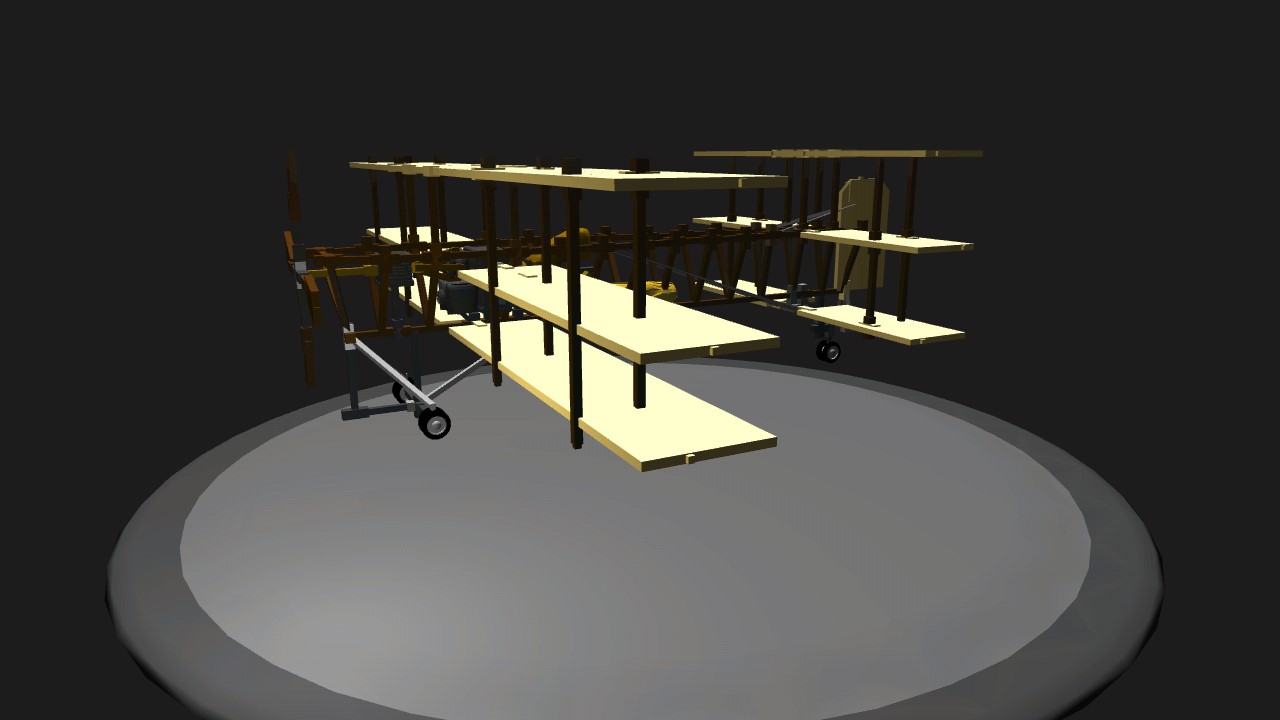
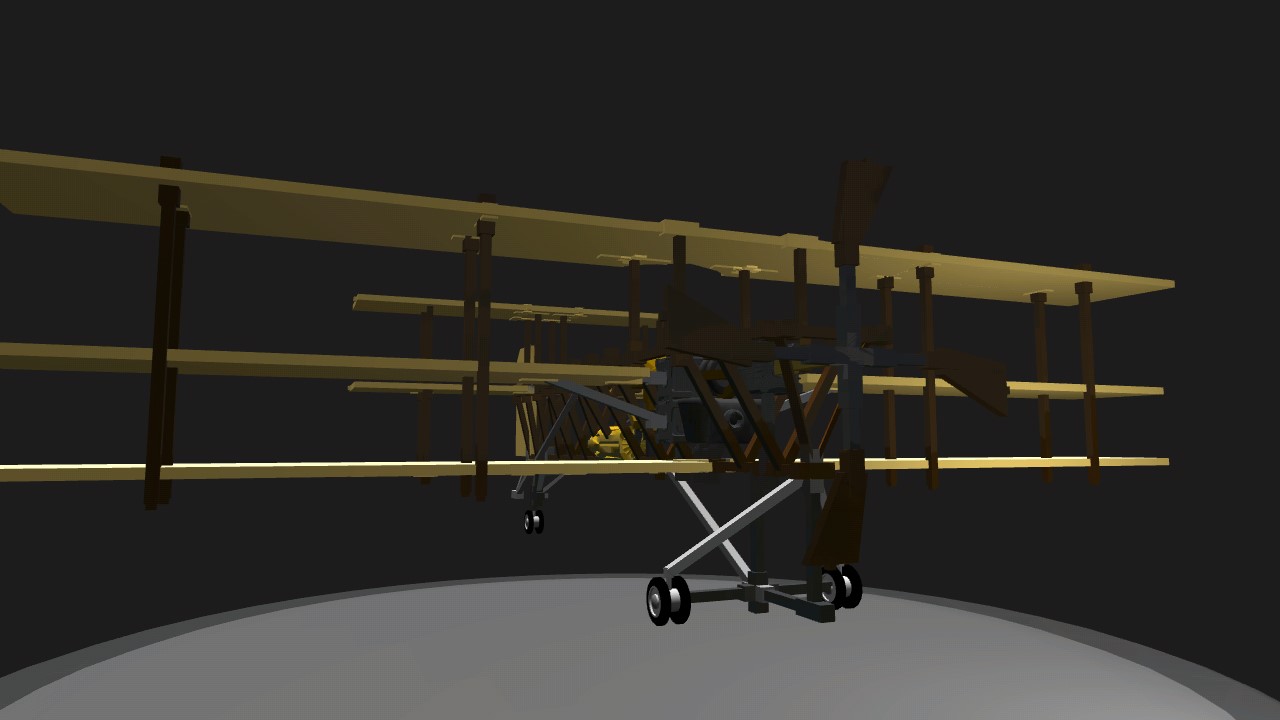
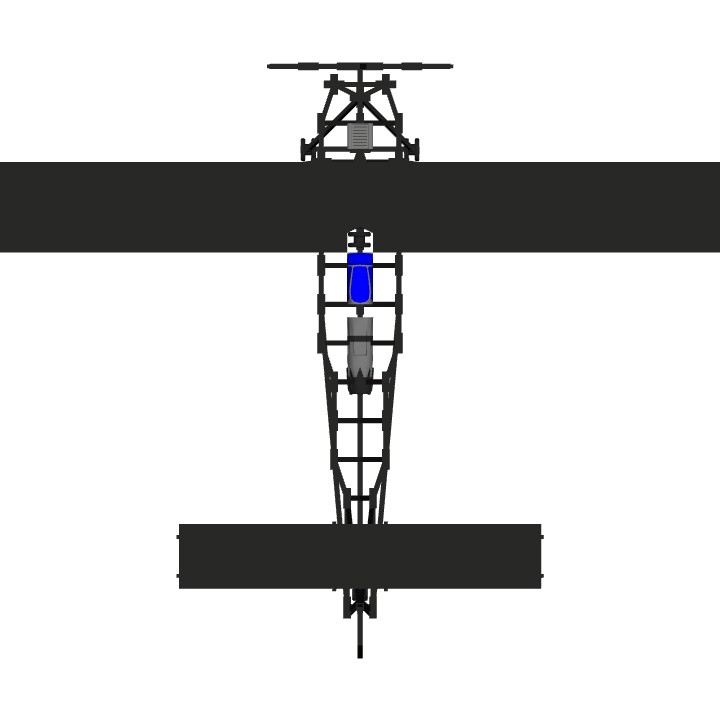
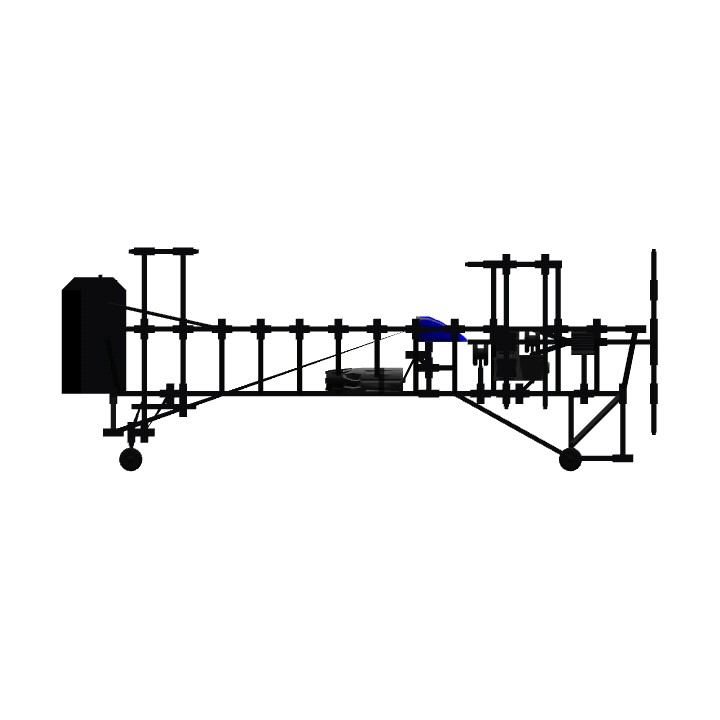
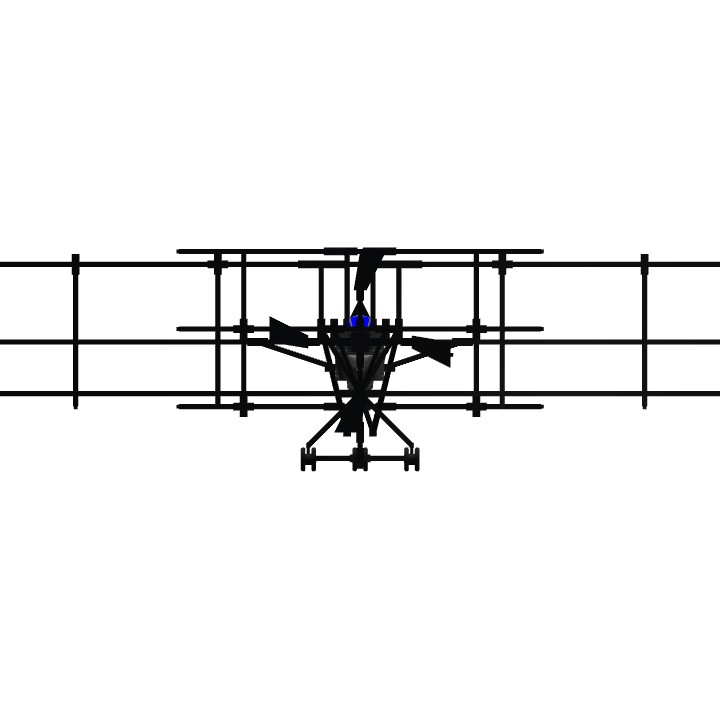
@PlanesOfOld No problem!
Thank you sir! @Aviator324
Very interesting aircraft! I did not know that the No.1 triplane used variable angle of incidence on the middle wing to control pitch. It's clear that aviation was completely unorthodox compared to today's setup. Some machines had sliding cradles that the pilot lied down in, some had wheels on the sides of the machine to control pitch, bank, or yaw. If someone had an idea, he tried it. Some were lucky. Others, unfortunately, were not.
For those who complain that it's too hard to fly, I would imagine that the original one would be even more difficult to fly in real life in some regards. Think about wing warping. If a pilot is on final and a small gust of wind causes the plane to bank, a typical pilot would simply bank the plane back to level, but doing so with wing warping would give the downward wing an enormous amount of drag, and with low airspeed and power and an ineffecient airfoil, that would almost surely result in a spin!
I'm so glad to see an enthusiast of the old flying machines. Thank you for making this and sharing it. I successfully landed, but had to do a pattern the size of a small city! I will continue to have fun with this and will definitely check out your other amazing machines when I have the chance. Oh, and you have a new follower!